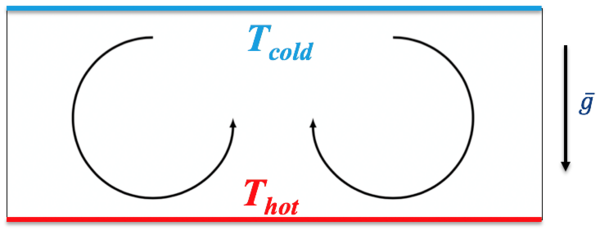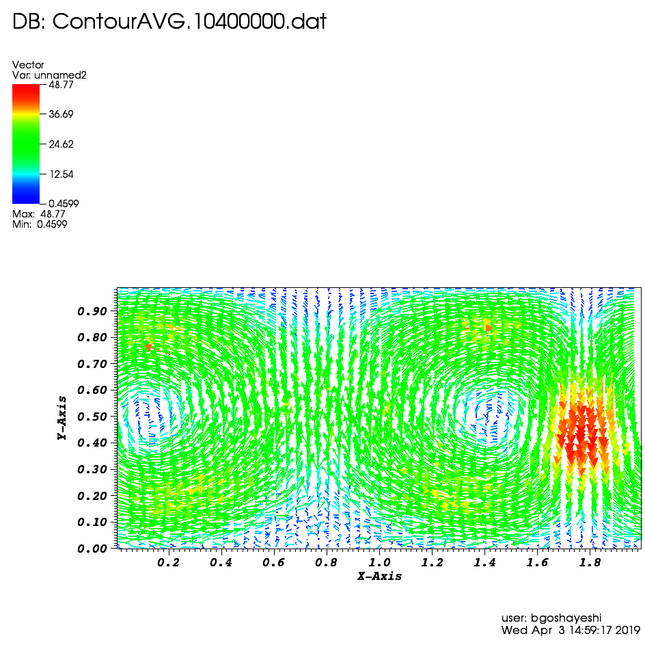Researcher in the Spotlight: Bijan Goshayeshi
I use particle-based numerical methods to simulate dilute gas systems and determine their thermal behavior.
Hi, I’m Bijan Goshayeshi and my project is about the thermal behavior of rarefied gas flows in miniaturized (small-scale) devices. Within the Turbulence and Vortex Dynamic research group of the Department of Applied Physics, I use particle-based numerical methods to simulate dilute gas systems and determine their thermal behavior. Although the Direct Simulation of Monte Carlo (DSMC) method is a highly-reliable simulation tool, it’s computationally expensive. I’m therefore exploring other numerical methods, such as the Lattice Boltzmann Method (LBM).
A surprising outcome
When it comes to low-pressure gas flows or small-scale devices, standard continuum approaches become inaccurate as non-equilibrium effects emerge. It’s also important to consider different aspects of molecular simulation, so both ballistic and collisional heat transport should be accounted for in simulations. These factors make modeling and numerical simulations of rarefied gases extremely challenging from a computational point of view, in turn leading to high spatial and temporal resolution requirements.

Fortunately, the results have been very interesting. We selected the classical Rayleigh Bénard flow problem, in which fluid is confined between two flat plates and exposed to heating from below. We observed that the subsequent instability state can only be reached through a limited range of flow parameters, and only when rarefaction effects are small. Furthermore, high gravitational forces block convection and stratify the flow. This is contrary to what is commonly found in Rayleigh Bénard cases.
Influencing daily lives
These results are particularly interesting for industries whose products rely on high-precision micro-structure design and fabrication – such as space, micro- and nanoelectromechanical systems (MEMS/NEMS), contamination control and microchip lithography. It’s important that they obtain a deeper knowledge of fluid behavior at microscopic scales as heat plays a crucial role in the lithography process at these scales. Small temperature differences can cause deformations in the range of nanometers.
On top of this, it is widely-known that the future of global industry is closely tied to small-scale devices, and that these affect a wide range of technologies and personal equipment – mobile phones, for instance. If we are to overcome the manufacturing challenges of ever smaller chips and electronics, we must understand fluid mechanics and thermal behavior at the smallest scale of the lithography process.
Teaming up

Within the HTSC Impuls II program, my project is matched with at least two others. Daming Lou works on the project Thermo-Mechanical Modeling and Model Reduction Technologies, while Ruben Merks studies the Thermo Modeling of BES Effects. As we all look at different aspects of thermal effects at small scales, connections could be established across the three projects. Through our collaboration, I have been able to obtain high-resolution simulation data about how strong convection can contribute to thermal control; Daming and Ruben, meanwhile, can employ more physical data in the simulation of a lithography process control system.